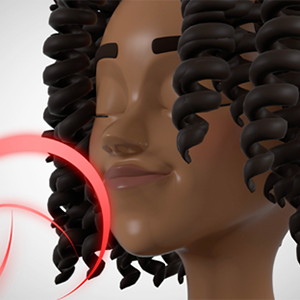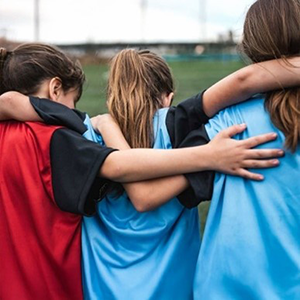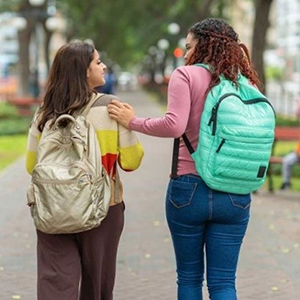
Alzheimer’s and Aging Resources for Students
This webpage provides easy-to-read materials, articles, and fact sheets on Alzheimer’s and related dementias, and on caregiving, aging, and issues related to older adults. Visitors can also learn about internships at the National Institute on Aging and NIH.
Grades: High school
Produced by: National Institute on Aging
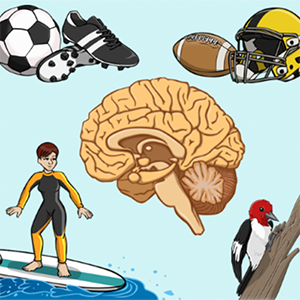
BiblioTech REBOUND: Beating Concussions
In this interactive reading experience about concussions, sports, and brain health, students travel along as a BMX-rider uncovers the truth about concussions to help his twin sister get back on the basketball court.
Grades: 4-6
Produced by: The Partnership in Education, Duquesne University (SEPA funded)
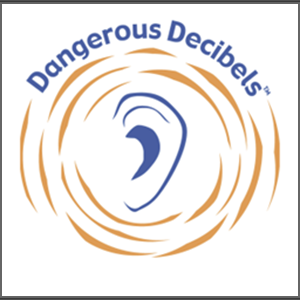
Dangerous Decibels Educator Resource Guide
This guide provides background information, hands-on activities, and experiments that educators can use to teach students about noise-induced hearing loss (NIHL) and tinnitus (ringing in the ear). Activities cover the anatomy and physiology of the ear and the mechanics of hearing, the physics of sound, and ways to prevent NIHL.
Grades: Elementary through high school
Produced by: Oregon Museum of Science and Industry (SEPA funded)
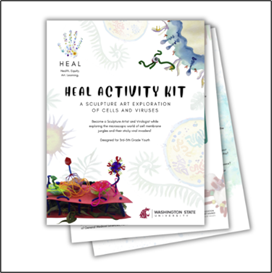
HEAL (Health. Equity. Art. Learning.)
HEAL creates and implements educational programs that use the arts to teach children, their families, and communities about health sciences. The project provides an activity kit using sculpture art to explore cells and viruses. It also offers care and COVID curriculum, which integrates photography and STEM activities to address protection from COVID-19.
Grades: 3-5
Produced by: Washington State University (SEPA funded)
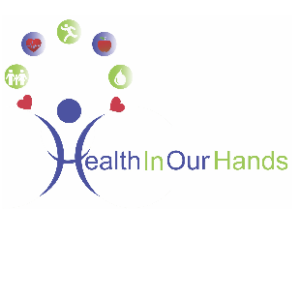
Health In Our Hands Curriculum
Health in Our Hands teaches students to investigate critical community health concerns and use real-world contexts to appreciate the importance of both genetic and environmental factors in their risk for disease. The middle school curriculum consists of two units that focus on gene-environment interactions and natural selection through two subjects: Type 2 diabetes and substance use disorder. The high school curriculum consists of two units that focus on concepts in molecular genetics, genomics, and evolution through exploring variation in monkeyflowers and in skin color, among other topics related to human health.
Grades: Middle and high school
Produced by: Create for STEM Institute at Michigan State University in collaboration with the Health in Our Hands-Flint/Genesee Partnership (SEPA funded)
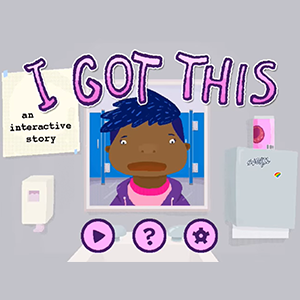
I Got This
This interactive, first-person, educational story from Lawrence Hall of Science follows a young teenage girl who discovers that she has type 2 diabetes. Told in a real-world setting, this app focuses on the symptoms, remediation, and social aspects of the disease.
Grades: Elementary and middle school
Produced by: University of California, Berkeley, Lawrence Hall of Science, in partnership with University of California, San Francisco, Benioff Children’s Hospital (SEPA funded)
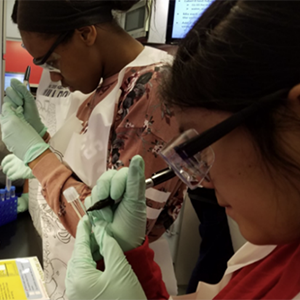
Mobile Lab Experiences and TRIPs (Teacher-Research Institute Partnerships)
This project creates innovative science curriculum focused on epidemiology and infectious diseases. Several formats of the Investigations in Infectious Disease curriculum are available in varying lengths to provide teaching flexibility. Each version includes teacher and student manuals, videos, and readings as appropriate. Educators must submit a request form to access the curriculum.
Grades: 7-9
Produced by: Seattle Children’s Research Institute (SEPA funded)
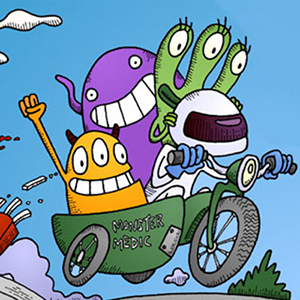
Monster Heart Medic
In this educational adventure from the Lawrence Hall of Science project, students explore the cardiovascular system and how healthy living affects it. They help diagnose a friendly, three-eyed monster and assist him on his path to a healthier life. Available in English and Spanish.
Grades: Elementary and middle school
Produced by: University of California, Berkeley, Lawrence Hall of Science, in partnership with University of California, San Francisco, Benioff Children’s Hospital (SEPA funded)
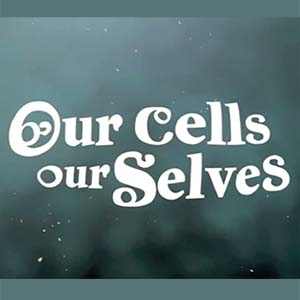
Our Cells, Our Selves
Travel along on a richly animated, dreamy bedtime story and explore the wonders of the immune system through the eyes of a 7-year-old who has just been diagnosed with type 1 juvenile diabetes. See other immune system curriculum from The Partnership in Education.
Grades: 5-8
Produced by: The Partnership in Education, Duquesne University (SEPA funded)
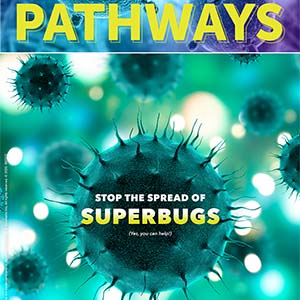
Pathways: Superbugs
The superbugs unit of Pathways explores the basics of infectious diseases and drug resistance. Students uncover why some viruses and bacteria can’t be treated with drugs and how they can help prevent the spread of superbugs. Pathways provides a collection of free educational resources about basic biomedical science and research careers. Be sure to check out the corresponding video and Kahoot! quiz.
Grades: Middle and high school
Produced by: National Institute of General Medical Sciences and Scholastic, Inc.
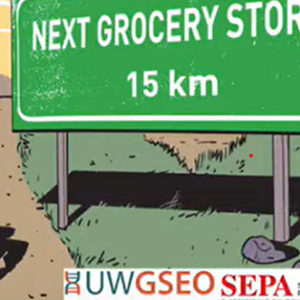
Resources from the University of Washington Genome Sciences Education Outreach
The University of Washington Genome Sciences Education Outreach (UWGSEO) provides various hands-on education resources. Its science curriculum on type 2 diabetes is available for high school students in biology, health, and family and consumer science classes. In the Blood Sugar Balance web game, players keep blood sugar levels within range through their food choices and exercise decisions, while regulating insulin and glucagon levels in the body. UWGSEO has also created curriculum that focuses on how food choices and the environment affect the human gut microbiome, as well as lessons on what students can learn from how the nematode C. elegans maintains balance in a changing environment.
Grades: High school
Produced by: University of Washington Genome Sciences Education Outreach (SEPA funded)
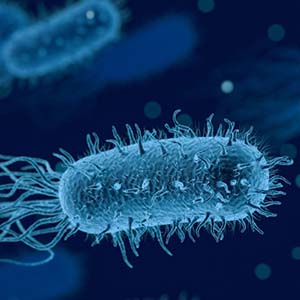
The Great Diseases
The Great Diseases engages students with the science behind their real-world experiences. The program also aims to increase students' analytical and problem-solving skills, as well as improve their health literacy. Modules discuss subjects such as cancer, infectious diseases, neurological disorders, and COVID-19. Curriculum materials for modules include a teacher primer and lesson plans, classroom materials for each lesson, and unit assessments. Teachers must request access to download materials.
Grades: High school
Produced by: Tufts University in collaboration with Boston Public School teachers (SEPA funded)
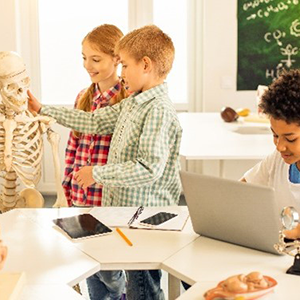
The Human Body: Bones, Joints, Muscles, and Skin
These online resources explore bones, joints, muscles, and skin, including what happens when they get hurt and how to keep them healthy. Intended for students in grades 4 through 6 who are learning about the human body, these educational materials include web content, fun and interactive Kahoot! quizzes, and suggestions for hands-on activities. Teachers may also use this information, which is mapped to national science education standards, to inform lesson plans.
Grades: 4-6
Produced by: National Institute of Arthritis and Musculoskeletal and Skin Diseases
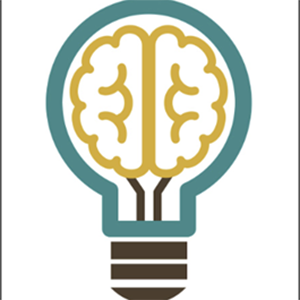
The Partnership in Education: Materials and Resources
The Partnership in Education is a program that creates innovative, hands-on educational products that make science engaging and fun for teachers, students, and learners of all ages. Topics range from the scientific method and evolution to the science of sleep and regenerative medicine. Materials and resources include videos, games, student readings, and curriculum.
Grades: Elementary through high school
Produced by: Duquesne University (SEPA funded)
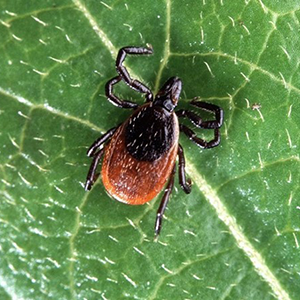
Ticks: How Climate Change Affects My Health
This curriculum informs students about the spread of Lyme disease, ticks and their behavior, and the possible connection between weather pattern changes and increased incidences of Lyme disease. The three units include lessons, videos, lab experiments, and other activities.
Grades: 6
Produced by: Dartmouth Rural STEM Educator Partnership (SEPA funded)
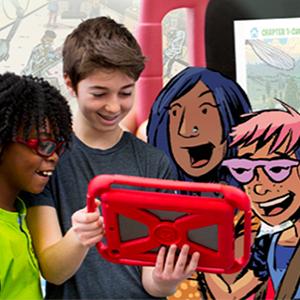
Transmission: Gone Viral Comic
This interactive comic tells the story of the discovery of a novel disease that spreads via mosquitos from birds to birds and infects humans as well. Students explore how scientists—disease detectives—solve this medical mystery with the help of three young “scientists." A PDF version of the comic and educator’s guide are also available.
Grades: 6-8
Produced by: New York Hall of Science (SEPA funded)
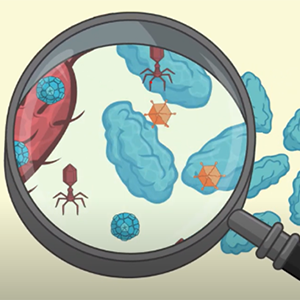
What Is A Pathogen?
This video teaches students about pathogens. Discussion includes the four different types of pathogens and tips for preventing pathogen-borne illnesses.
Grades: Elementary through high school
Produced by: The Partnership in Education, Duquesne University (SEPA funded)
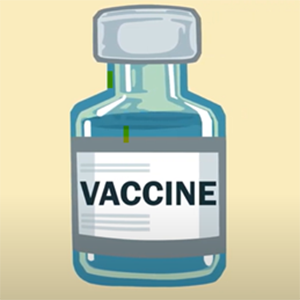
What's In a Vaccine?
What exactly goes into a vaccine? What does each ingredient do, and why is it in there? Middle and high school students learn the answers to these questions in this informational video.
Grades: Middle and high school
Produced by: The Partnership in Education, Duquesne University (SEPA funded)
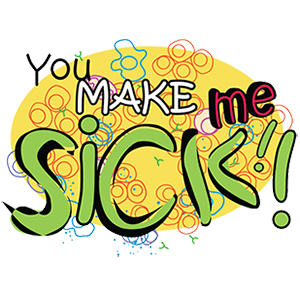
You Make Me Sick Board Game
This downloadable board game is designed for two to four players who use their brains and the white blood cell “money” in their “blood bank” to fight 11 common diseases. As players move around the game board, they encounter viruses and bacteria while learning more about the immune system, vaccines, antibiotics, and steps to prevent the spread of disease such as COVID-19.
Grades: Middle and high school
Produced by: The Partnership in Education, Duquesne University (SEPA funded)
